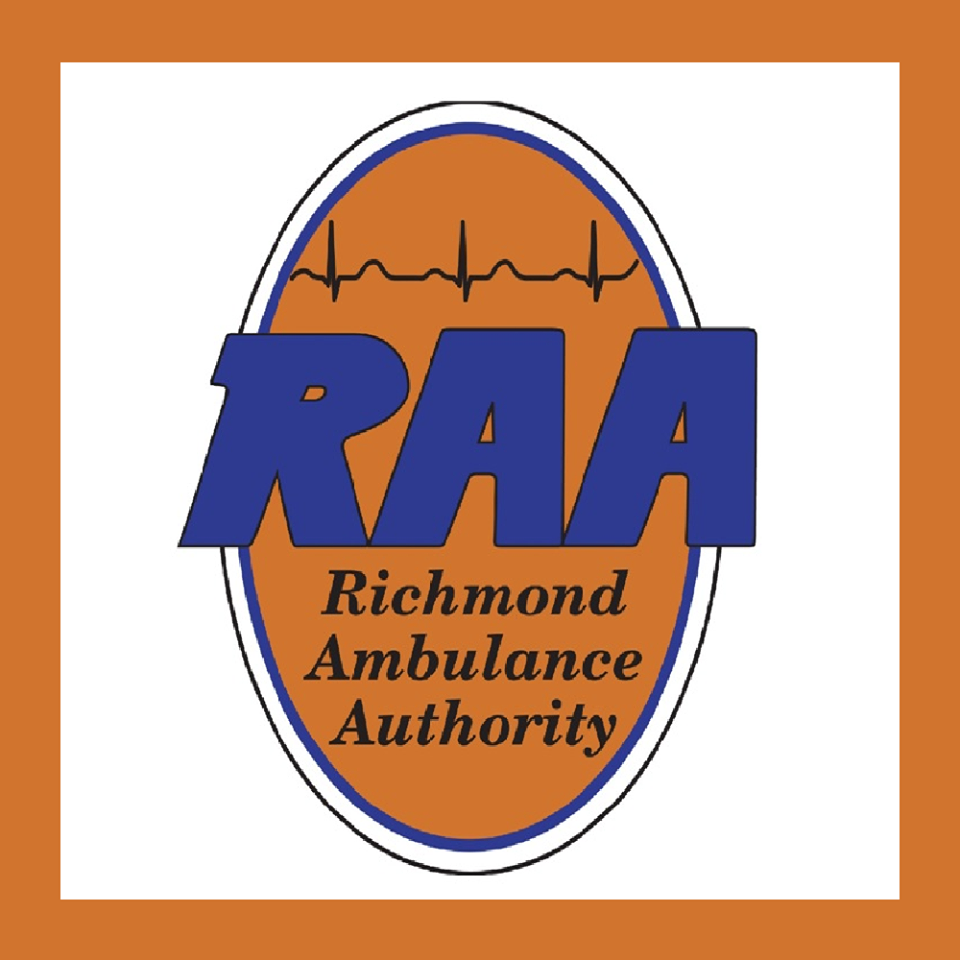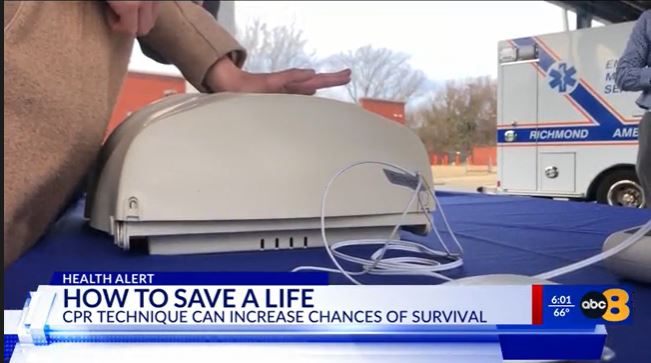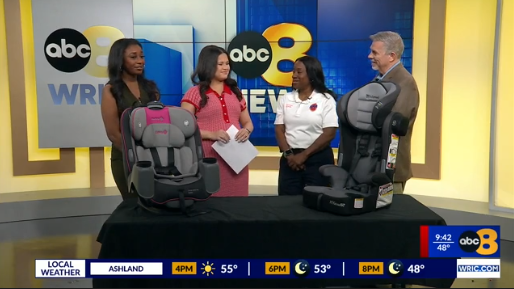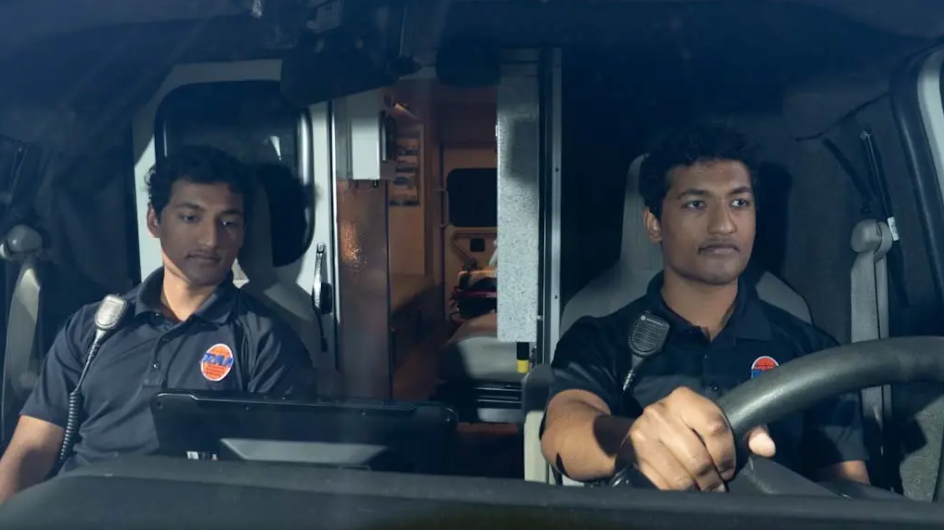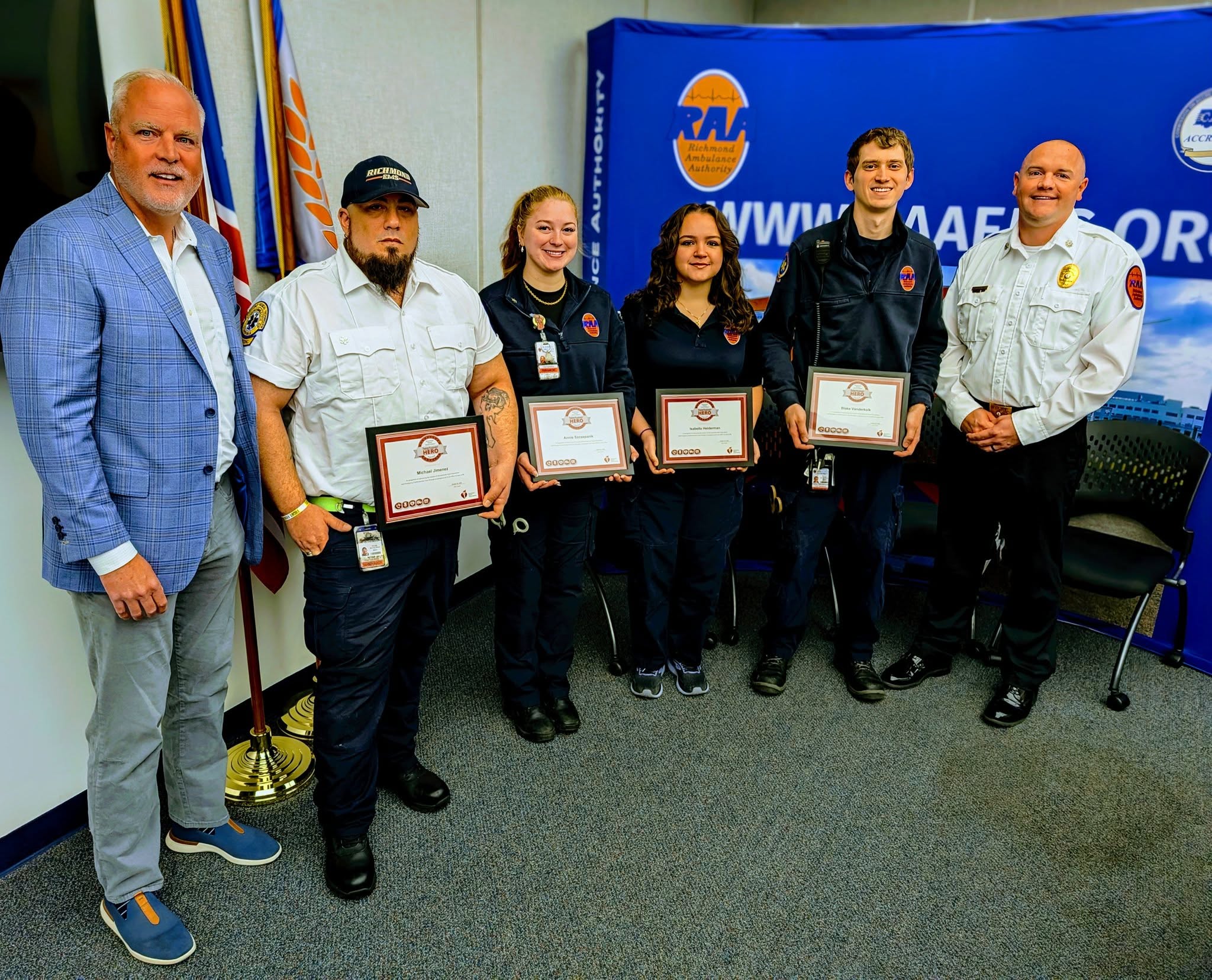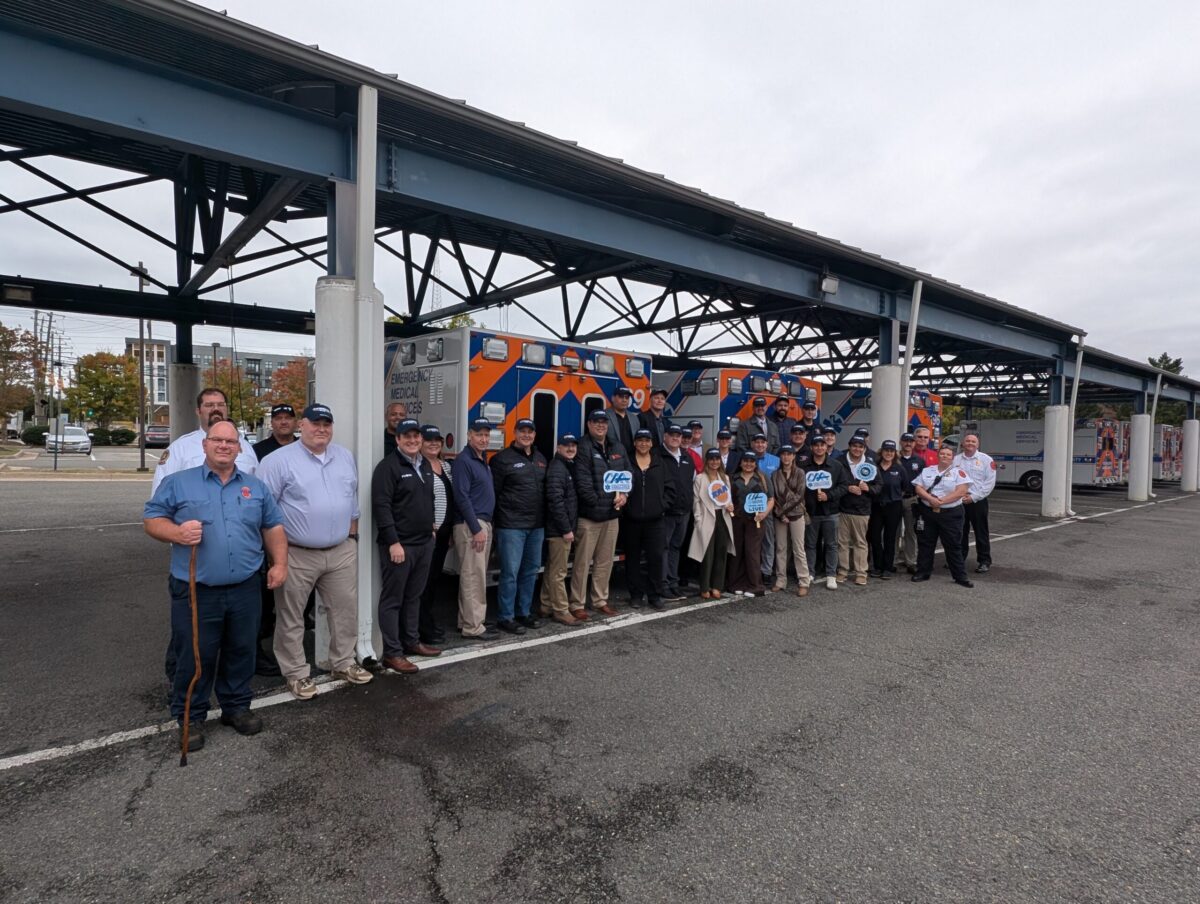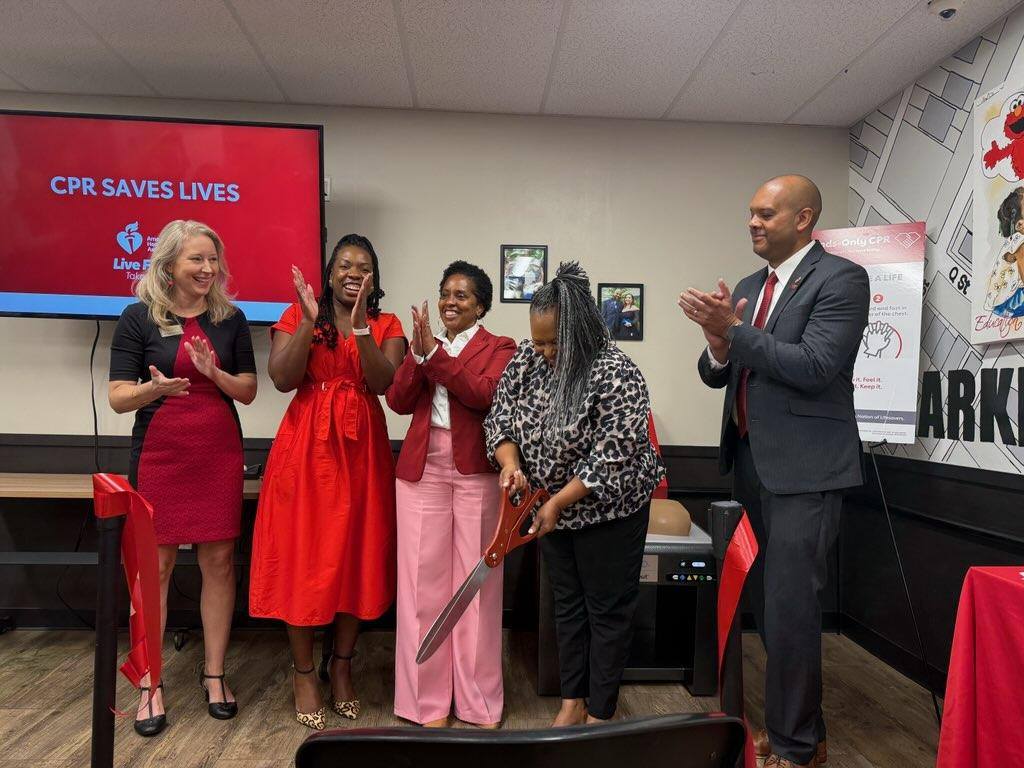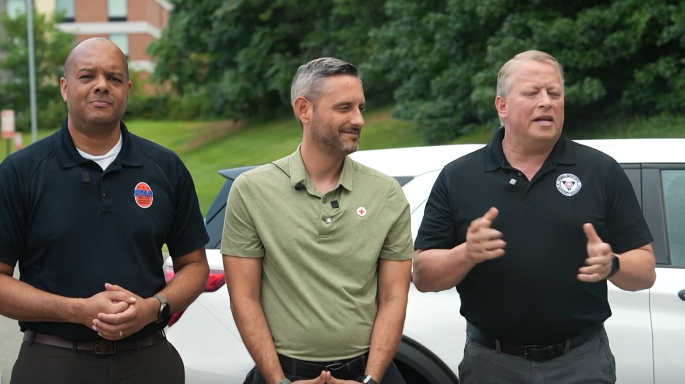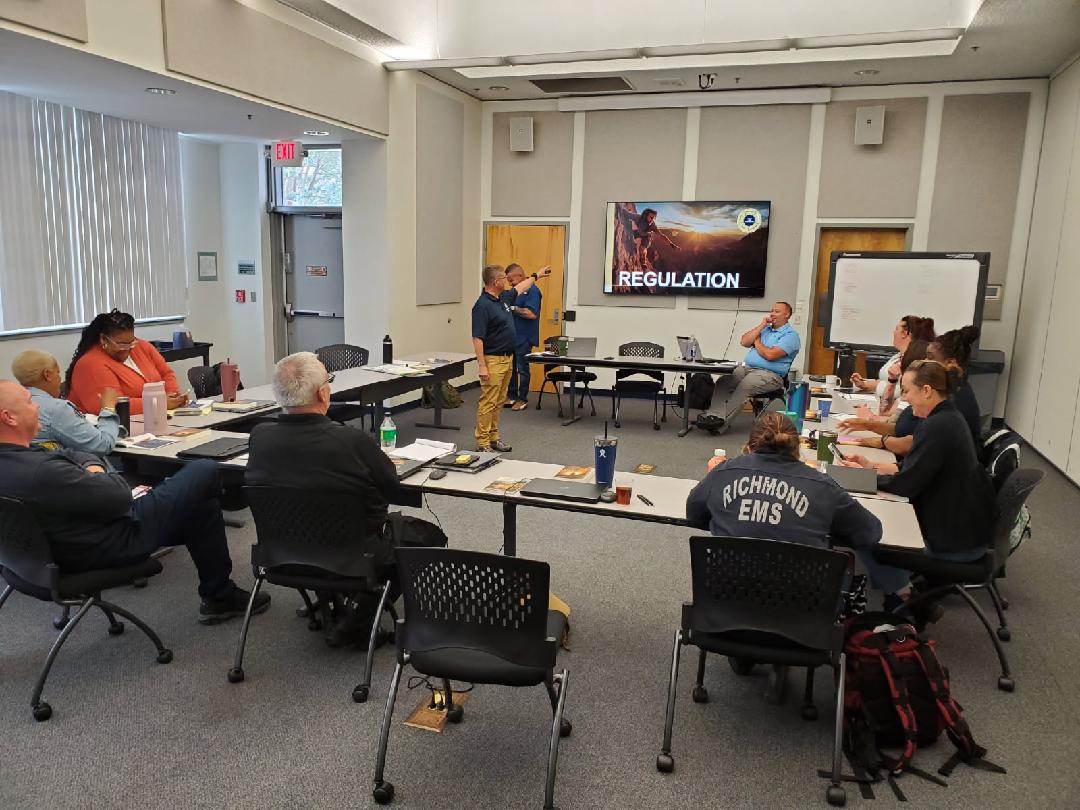This article originally appeared on wric.com
Heart trouble rests at the forefront of many minds as NFL athlete Damar Hamlin remains hospitalized in critical condition after he suffered a cardiac arrest during Monday night’s Bills vs. Bengals game.
In the wake of that tragedy, groups like the American Heart Association and Richmond Ambulance Authority (RAA) made a push to remind the community how important it can be to familiarize oneself with basic CPR and AED machine training.
It can take at least a few minutes for an ambulance full of medical professionals to arrive at the scene of a medical emergency, and in that time, Chad Greedan with Richmond Ambulance Authority says everyday people with the right training can make a difference between life and death.
“The key to survival is early intervention and quickly,” Greedan told 8News.
When performed immediately following an incident like heart failure — as bystanders await professional help — CPR can make a person two to three times more likely to survive.
“The more we keep the blood circulating, the more we get oxygenated blood and vital organs really increase the chance of survival,” Greedan said.
It’s not as rare as one may imagine for young, fit, athletes to suffer from cardiac emergencies. Karen Brown-Davis, with the Justin J. Davis Heart Foundation, has a son — Justin J. Davis — who, as an athlete himself, was diagnosed with Left-Ventricle Non-Compaction Cardiomyopathy.
“He ended up getting an AED and pacemaker at 24,” Brown-Davis said.
Shortness of breath, swelling, and heart palpitations are all symptoms of potential cardiac arrest. While emergencies like heart failure can happen suddenly, Brown-Davis says it’s important to keep track of one’s symptoms.
“Don’t normalize things that aren’t normal,” Brown-Davis started. “It’s not normal to have heart palpitations.”
According to RAA, a majority of these incidents occur inside a home, but they can happen anywhere. If you witness someone go into cardiac arrest, you should call 911 and immediately begin hands-only CPR while awaiting the arrival of medical experts.
“Be ready to take action,” Brown-Davis said.
For more information on CPR education and AED machines, visit the Justin J. Davis Heart Foundation website here. The American Red Cross also offers first aid, CPR and AED training classes online here.
